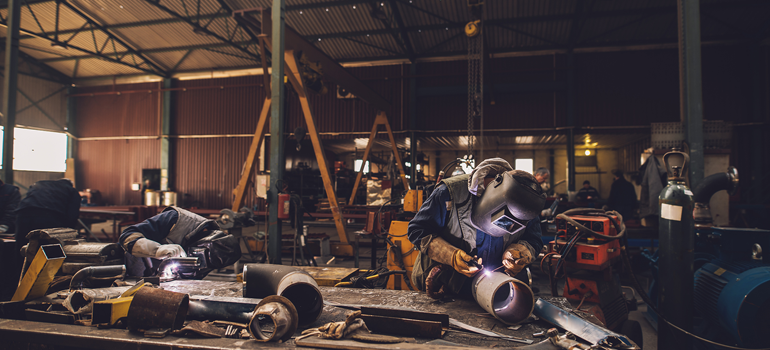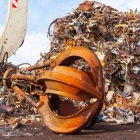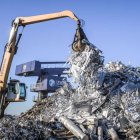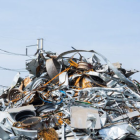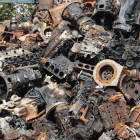Scrap might seem like just a pile of unwanted items destined for the trash, but in reality, it’s a treasure trove of value waiting to be unlocked. From metals to plastics to paper, the global recycling industry has boomed in recent years, and businesses now have a golden opportunity to capitalize on scrap. Whether you’re a small business owner, a manufacturer, or someone looking to clean up your space, recycling scrap materials not only helps the planet but can also boost your bottom line. In this blog, we’ll explore how scrap materials can offer significant financial benefits while contributing to environmental sustainability.
Understanding Scrap Material Types
The term “scrap” often refers to materials that are leftover or discarded after a manufacturing process, demolition, or simply accumulated waste. Understanding the different types of scrap materials and their inherent value is the first step toward profit-making. The most common types of scrap include:
-
- Metal Scrap: Ferrous (iron, steel) and non-ferrous (copper, aluminum, brass) metals are highly sought after due to their recyclability.
- Plastic Scrap: Used plastics, including PET, HDPE, and PVC, are valuable due to their high demand in the recycling market.
- Paper and Cardboard Scrap: Often overlooked, these materials can be recycled into new products like packaging, books, or newspapers.
- Wood Scrap: Old furniture, broken pallets, and construction debris can be repurposed into mulch, paper, or new furniture.
Financial Benefits of Recycling
Recycling scrap materials is not only a great way to minimize waste but also a means to generate income. Many businesses or individuals overlook the potential earnings from scrap recycling.
-
- For Small Businesses: Imagine a small manufacturing company that produces metal products. By setting up a scrap metal collection system, they can sell off the leftover metal to recycling centers, adding extra income to their operations.
- For Construction Sites: Builders and contractors can reduce project costs by recycling scrap materials such as steel and copper pipes, which can be sold to scrap yards at competitive prices.
- For Households: Even individuals can profit from collecting scrap metal, old appliances, and even car parts that are no longer in use.
The Environmental Impact
Scrap recycling helps conserve natural resources and reduces the carbon footprint associated with mining and production. Recycling one ton of steel, for instance, can save over 2,500 pounds of iron ore, 1,400 pounds of coal, and 120 pounds of limestone. By recycling scrap materials, businesses contribute directly to reducing the amount of waste sent to landfills, thus improving sustainability efforts.
Tips for Effective Scrap Management
Effective scrap management doesn’t have to be complicated. Here are some strategies to help businesses streamline the process:
-
- Set Up a Separate Collection System: Allocate specific bins or areas to collect scrap materials separately from regular waste. This ensures that valuable materials are not discarded.
- Sort Materials by Type: Sorting materials based on their type (e.g., ferrous vs. non-ferrous metals, plastic grades) helps improve the efficiency of the recycling process.
- Partner with Reliable Recycling Centers: Establish relationships with scrap yards or recycling centers to ensure a consistent, fair rate for your materials.
Case Study: Business That Profits from Scrap
A local manufacturing company recently started recycling metal scraps from their production line. They initially viewed the scrap as a nuisance, but after collaborating with a nearby scrap yard, they were able to generate an additional $5,000 per year from selling their metal waste. This small business now recycles more diligently and encourages its employees to bring in scrap materials from home, helping the company grow in both profit and sustainability.
Conclusion:
Scrap recycling is an often-overlooked yet powerful way to generate income and reduce operational costs. It’s clear that scrap materials—whether metals, plastics, or wood—hold hidden value. By setting up efficient scrap management systems, businesses can take advantage of this valuable resource while promoting a greener, more sustainable future.

